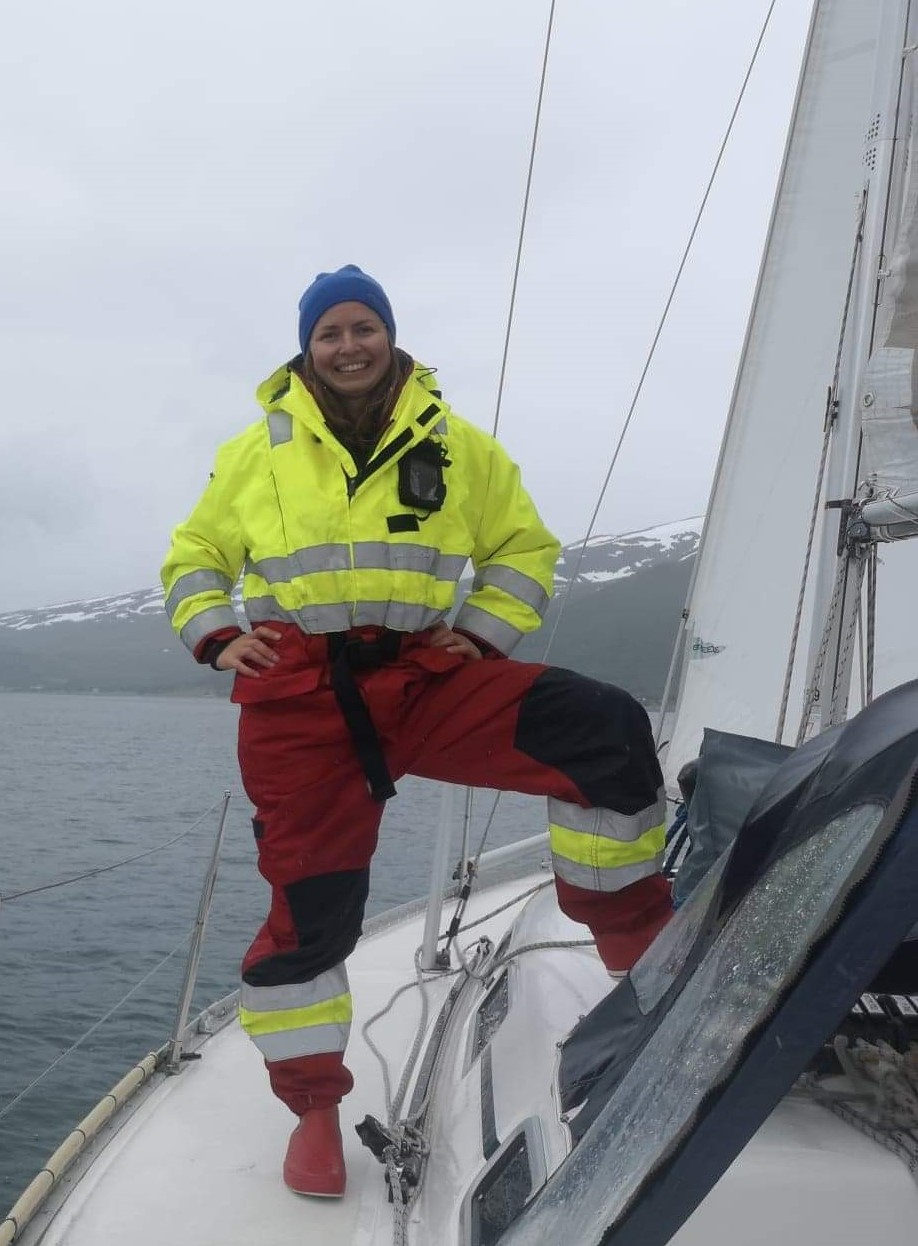AZKABAN: An ex situ experiment for informing the inverse method
Date:
In session: Acoustic methods to characterize populations, ecosystems, habitat, and behaviour
AZKABAN: An ex situ experiment for informing the inverse method
Muriel Dunn$^{1,4}$, Geir Pedersen$^2$, Sünnje Basedow$^3$, Malin Daase$^3$, Lionel Camus$^4$, Stig Falk-Petersen$^4$ and Maxime Geoffroy$^{1,3}$
$^1$ Fisheries and Marine Institute of Memorial University of Newfoundland, 155 Ridge Rd, St. John’s, NL A1C 5R3, Canada, mbd@akvaplan.niva.no, maxime.geoffroy@mi.mun.ca; $^2$ Institute of Marine Research, Nykirkekaien 1, 5004, Bergen, geir.pedersen@hi.no; $^3$ UiT the Arctic University of Norway, Hansine Hansens veg 18, 9019 Tromsø, sunnje.basedow@uit.no, malin.daase@uit.no; $^4$ Akvaplan-niva, Hjalmar Johansens gate 14, 9007 Tromsø, lionel.camus@akvaplan.niva.no, stig.falk.petersen@akvaplan.niva.no;
Autonomous vehicles equipped with echosounders can dramatically extend the spatial and temporal resolution of a research cruise, but active acoustic data still rely on additional data sources for biological estimates. Here, we use the inverse method to predict the abundance of targets in a sound scattering layer. Limitations of the inverse method have been reduced by recent developments and improvements to broadband echosounders and scattering models. Furthermore, we inform the inverse method by providing size measurements of acoustically-dominant scatterers to the scattering models. To explore the capabilities of the informed inverse method, we designed the AZKABAN (Arrested Zooplankton Kept Alive for Broadband Acoustic Net) experiment, a 2 m x 2 m x 8 m aluminium frame that holds a WBAT and transducer 4m above a 12 000 L cuboid zooplankton net. We calibrated two split-beam transducers (200 kHz and 333 kHz) inside AZKABAN before populating the net with monocultures of copepods and cod larvae. Calibration results suggest that measurements from AZKABAN will permit a sensitivity analysis of the informed inverse method. For a given ecosystem, validating the informed inverse method could improve the abundance estimates from acoustic data collected with autonomous vehicles.
